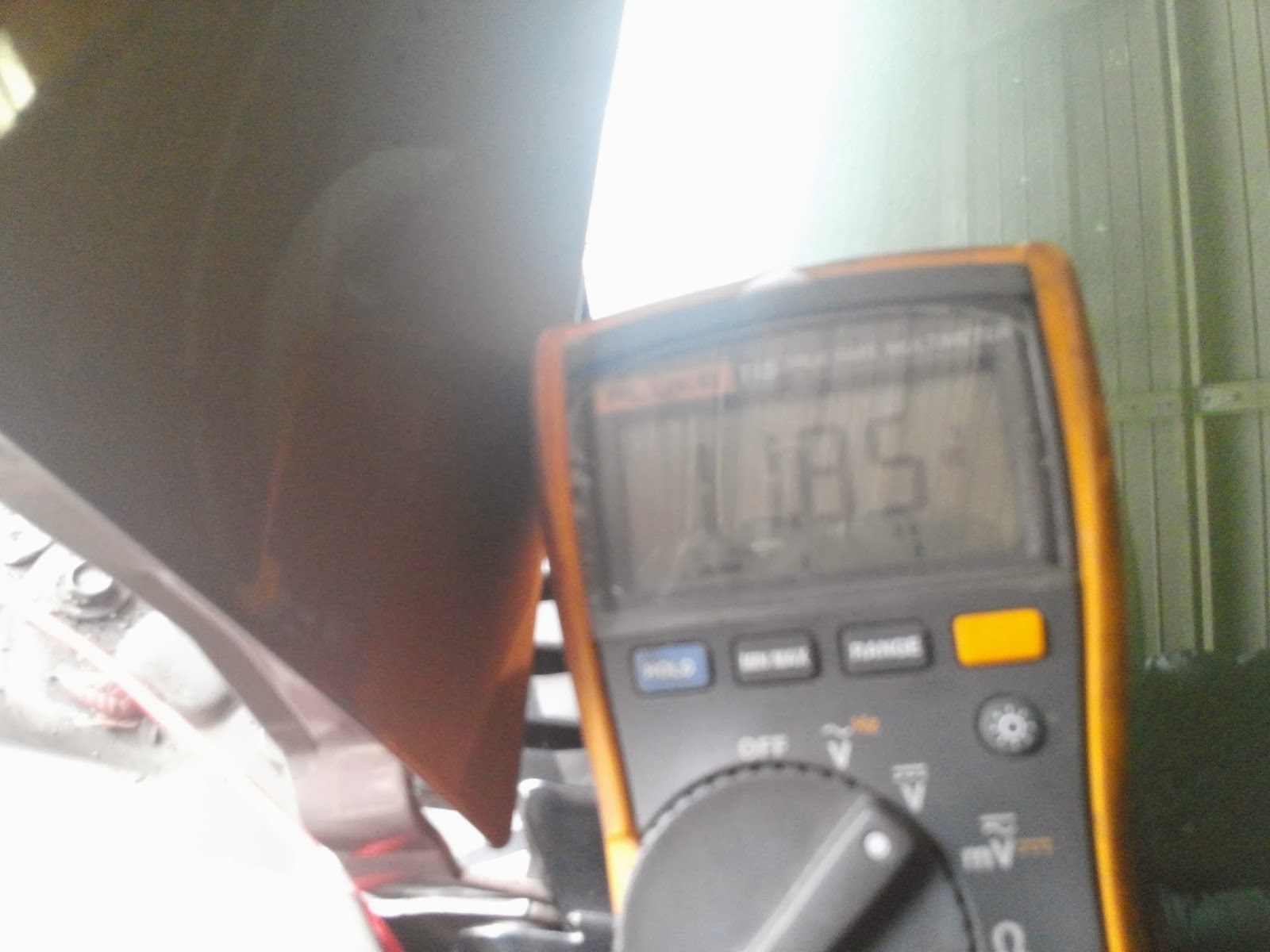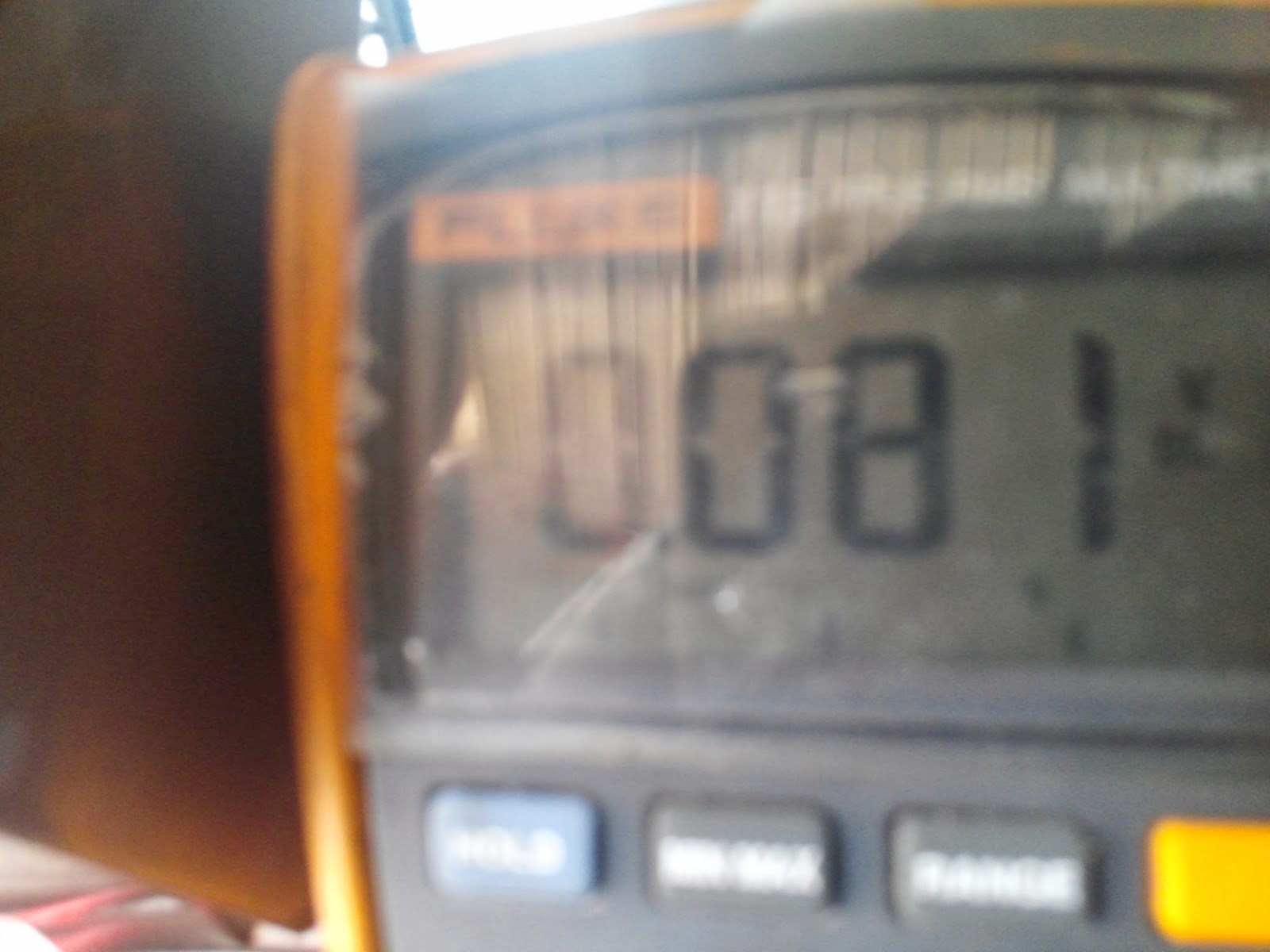A site that deals with automotive drivability, electrical, and general repair problems. Diagnostic procedures, DTC's, wiring diagrams, and many other issues and techniques will be shown and discussed. Hope you enjoy!
Friday, January 10, 2014
2000 Chevy Astro, 4.3, Crank/No Start Condition (Fuel Pump Voltage Drop Testing)
This 2000 Chevrolet Astro 4.3 came into the shop with a customer concern of a crank but no start condition. The customer had been driving the vehicle, went to start it again and it would not start.
I determined the fuel pump was the culprit. It was an intermittent issue, the fuel pump would prime and function some of the time, but mostly it would not. I knew we would need to replace the fuel pump, but I wanted to do some checks before we did.
It is important to check the circuitry of the fuel pump to be sure everything is okay there. It is a common mistake for a person or shop to simply replace the pump without checking the circuits. Often times, this causes comebacks or a recurrence of the same issue not long down the road.
One of the tests I do, is to perform a voltage drop test on the power (feed) circuit and on the ground circuit. A voltage drop is an invaluable test to confirm the integrity of the circuitry.
To perform a voltage drop test on a fuel pump, you need jumper wires and a DVOM. You also need the circuit "loaded" to do a proper test. In this case, that means you want the fuel pump engaged or priming, and checking the values when the component is under a load.
First, I checked the power side of the circuit. I backprobed in at the power wire for the pump (you will need a wiring schematic to determine which wire this is) and attached my probe to the positive terminal at the battery. With key off and the fuel pump not primed we see battery voltage on this circuit. (The voltage was a bit low, due to cranking to get the intermittent problem to occur.)
When we turned the key on and the fuel pump primed we saw what our voltage drop was.
(Sorry for the glare.) The reading on the meter is .534 volts, or basically, half a volt. The general rule for a voltage drop test of this kind is you do not want it to exceed about .5v (1/2 a volt). Here with our reading, everything is okay. We don't want to be too dogmatic about the .5v rule. As long as it is relatively close, it is fine. Typically a bad reading will be overly excessive, say 3-4 volts.
Next, I wanted to do the same test, but this time on the ground circuit. I backprobed the ground wire for the fuel pump and but my lead to the negative battery terminal. With key off, pump not primed we are reading 0v., which is what we expect for a ground.
We then turned the key on, with the fuel pump primed and read the voltage drop reading.
(Again, sorry for the glare.) You can see we are well under our .5v limit. We are below .1v, so no problem on this circuit either.
At this point, there was nothing left to do but to replace the pump. We inspected the gas tank for any contaminants and made sure the gas and tank were nice and clean. After replacement, we tested it and drove the vehicle. Everything was now fine.
We also changed the fuel filter, which was extremely clogged. It probably contributed to the failing of the pump. We also put some good injector cleaner through as well.
Subscribe to:
Posts (Atom)




